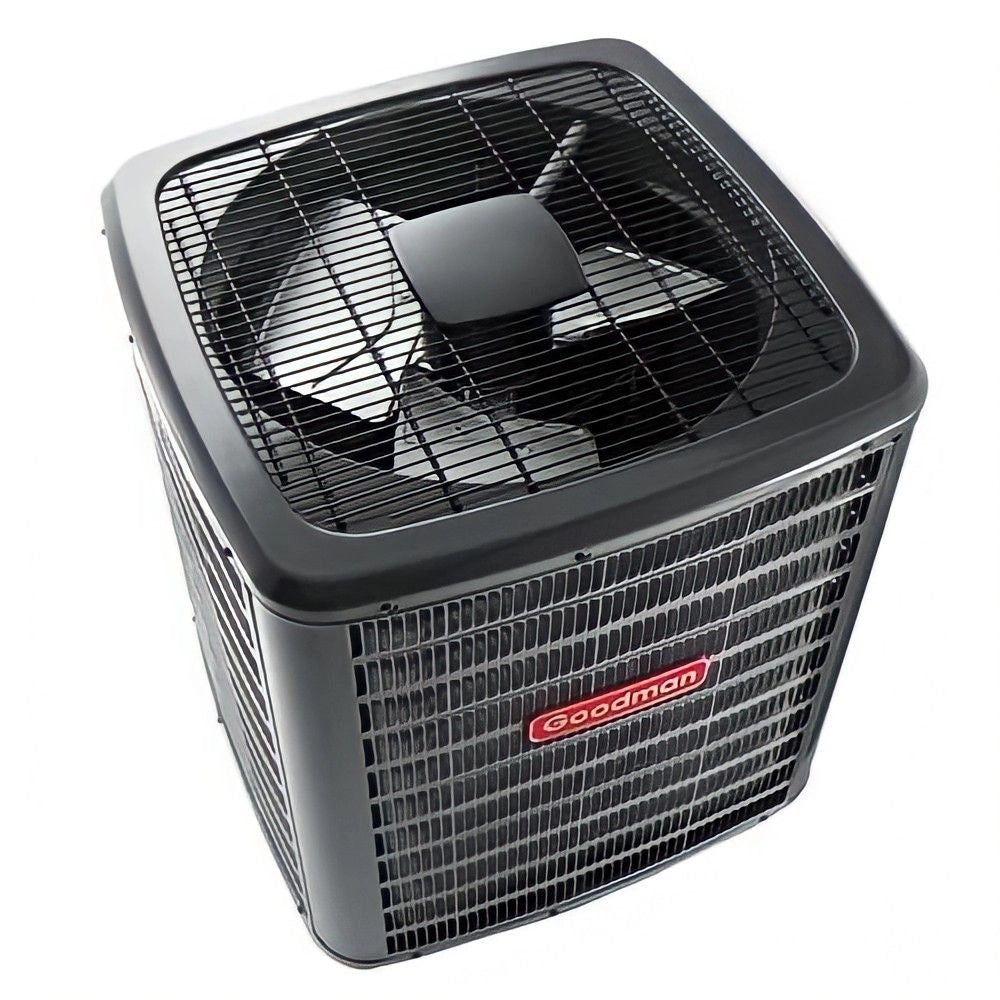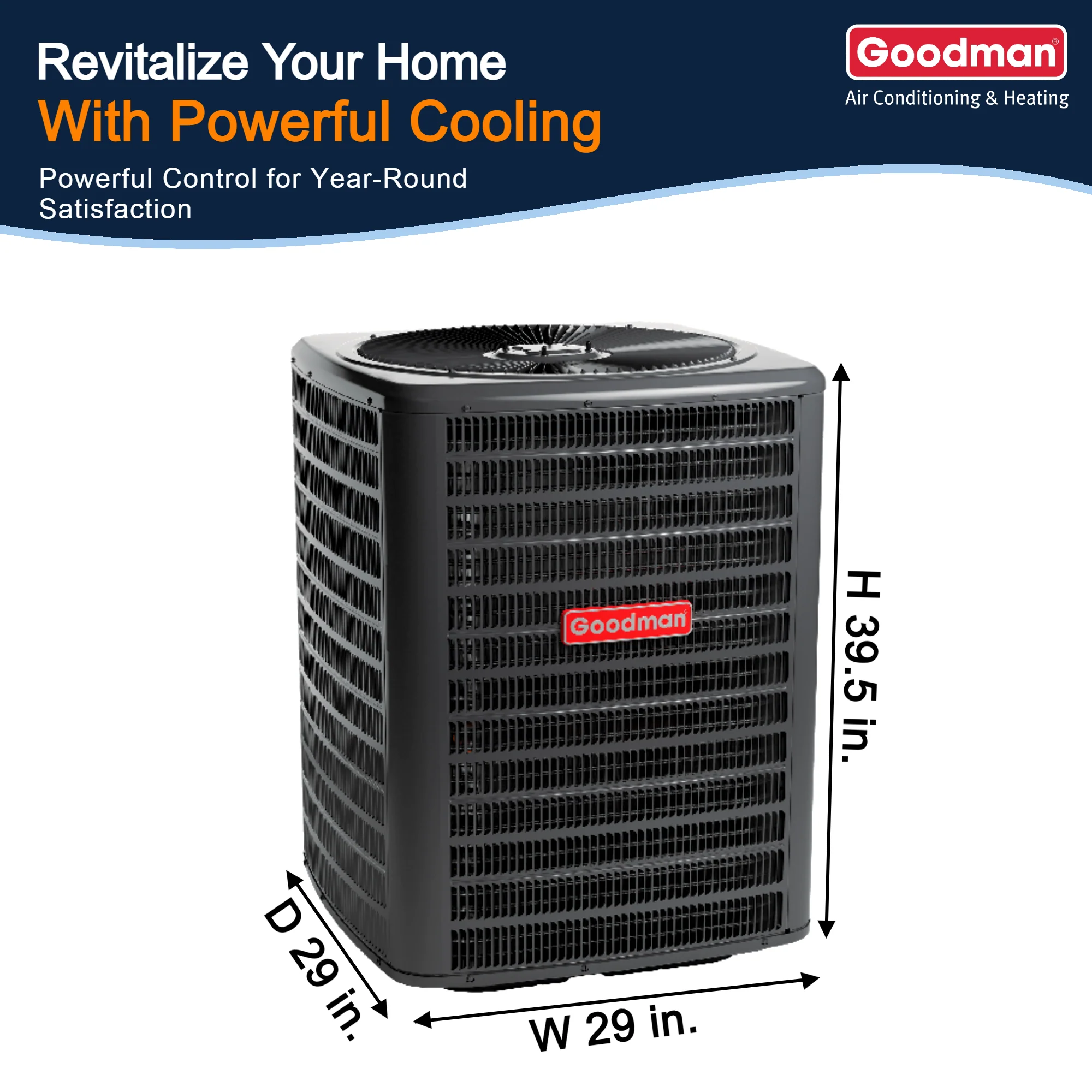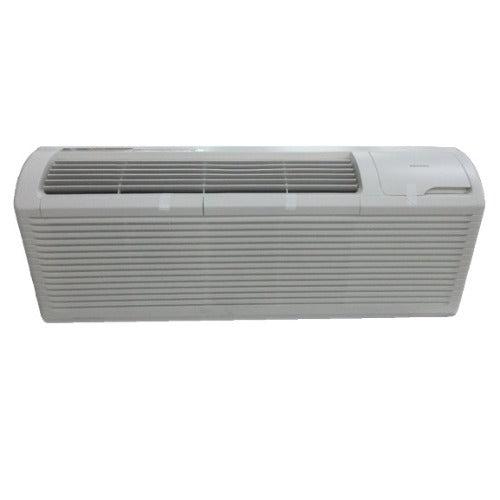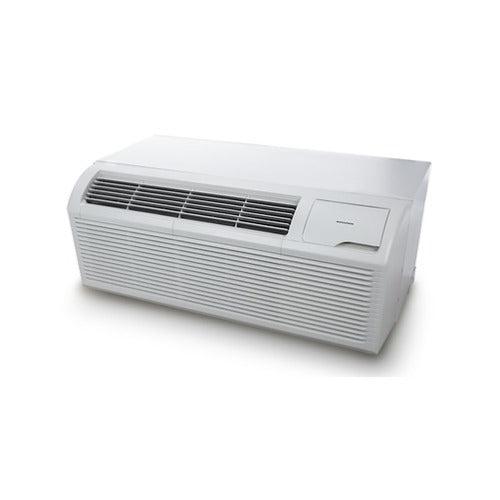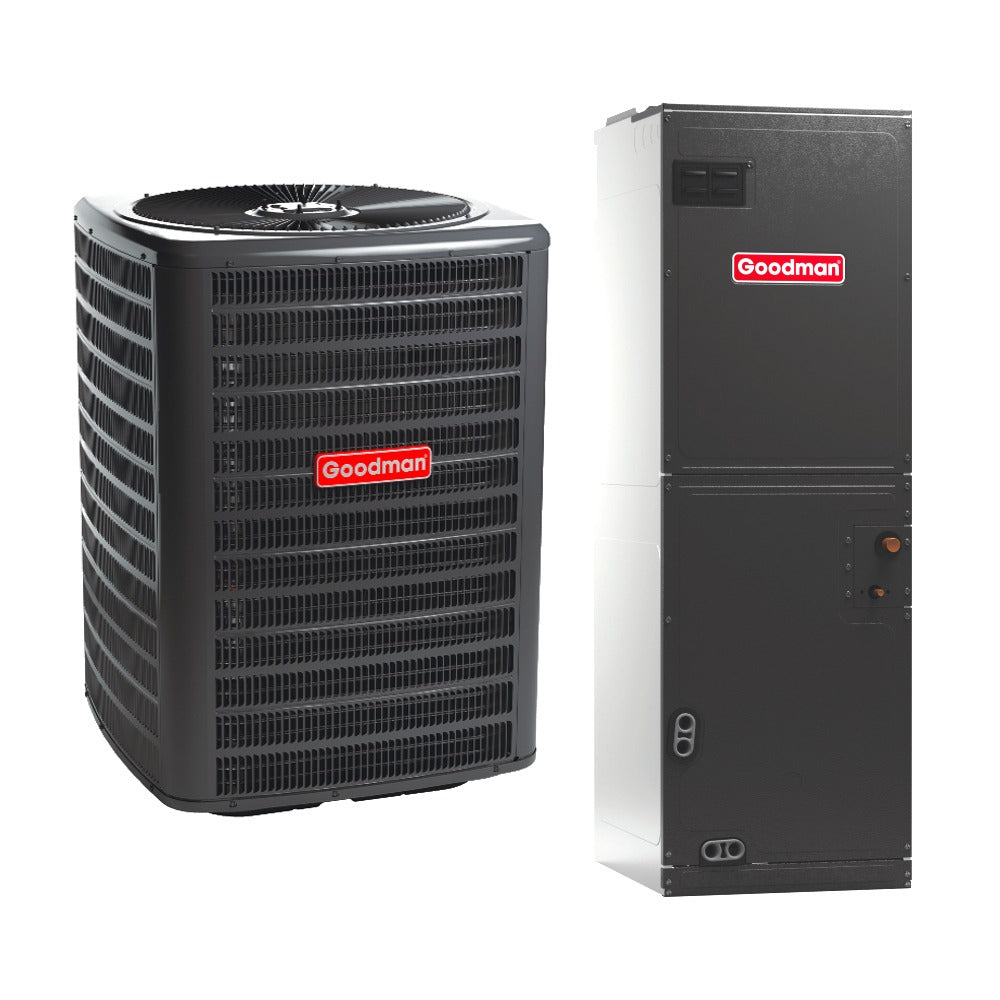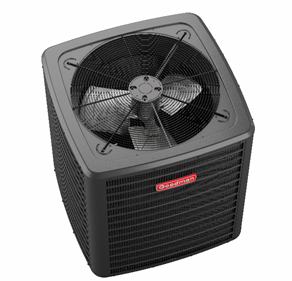Introduction: R-454B vs. R-32—Which Is Right for You?
As the HVAC industry rapidly transitions to low-GWP refrigerants, R-454B and R-32 have emerged as the top contenders. Each has its own unique advantages and considerations, making it essential to understand how these systems differ in terms of efficiency, cost, environmental impact, and application.
In this guide, we will explore the characteristics of both R-454B and R-32 systems, helping homeowners, contractors, and business owners make an informed decision about which refrigerant is best suited to their needs.
1. Understanding R-454B and R-32: Key Differences
R-454B Refrigerant: The Low-GWP Alternative
R-454B is a new refrigerant that is being adopted as a replacement for R-410A, the industry standard for many years. It has a significantly lower GWP (Global Warming Potential) of 466, making it a more sustainable choice in the face of increasing environmental regulations.
-
Performance: Offers excellent cooling efficiency and performs well in both residential and light commercial applications.
-
Safety: Classified as A2L (mildly flammable), requiring special handling procedures.
-
Environmental Impact: R-454B has a much lower impact on global warming compared to its predecessors.
For more information on R-454B's environmental impact, visit the EPA's refrigerant pase-out guidelines.h
R-32 Refrigerant: A Proven High-Efficiency Choice
R-32 is also a low-GWP refrigerant, with a GWP of 675. It has been used successfully in several markets globally and is gaining traction in the U.S. HVAC sector as a direct replacement for R-410A.
-
Performance: Known for high energy efficiency, R-32 systems tend to have slightly higher SEER2 ratings than R-454B systems.
-
Safety: Like R-454B, R-32 is classified as A2L, so it also requires safe installation by certified professionals.
-
Environmental Impact: Although its GWP is higher than R-454B, R-32 still offers a significantly lower environmental impact than R-410A.
2. Performance Comparison: Which Refrigerant Delivers Better Efficiency?
When selecting between R-454B and R-32, one of the primary factors to consider is performance. Both refrigerants deliver high-efficiency ratings, but how do they compare in terms of real-world operation?
SEER and EER Ratings:
-
R-454B Systems: Typically feature SEER2 ratings ranging from 16 to 24, offering great efficiency for residential cooling and heating systems.
-
R-32 Systems: Commonly have SEER2 ratings of 18 to 28, delivering superior efficiency in both residential and light commercial setups.
In general, R-32 tends to have a slight edge in efficiency, particularly in applications where energy savings are crucial.
For a detailed comparison of SEER ratings, see ACHR News.
3. Cost Considerations: R-454B vs. R-32 Systems
While both refrigerants offer long-term savings through energy efficiency, the initial cost of purchasing an R-454B system versus an R-32 system can vary.
Upfront Cost:
-
R-454B Systems: These systems tend to be priced higher initially due to the relative novelty of the refrigerant. Expect to pay a premium for models equipped with R-454B.
-
R-32 Systems: Generally, R-32 systems have a lower initial cost compared to R-454B systems. The refrigerant has been in use longer and is available in more widespread models, driving down costs.
Operational Cost:
Both refrigerants have similar operational costs due to their energy efficiency. However, R-32’s slight advantage in efficiency could mean lower monthly utility bills, especially for systems used in larger spaces or areas with extreme climates.
For insights on operational savings, check HVAC.com’s comparison of refrigerants.
4. Environmental Impact: Which Refrigerant is More Sustainable?
Both R-454B and R-32 are low-GWP refrigerants, but which one is the more sustainable choice?
R-454B:
-
GWP of 466, significantly lower than R-410A (GWP 2,088).
-
Offers a better environmental profile with a reduced impact on global warming.
-
As the HVAC industry transitions, R-454B is expected to play a key role in meeting climate goals.
R-32:
-
GWP of 675, still significantly lower than R-410A but higher than R-454B.
-
It is recognized for its higher efficiency and reduced refrigerant charge, which also helps minimize its environmental footprint.
For more details on environmental impacts, explore the International Institute of Refrigeration’s report on refrigerants.
5. Application Suitability: When to Choose R-454B vs. R-32?
Both R-454B and R-32 systems are suitable for different types of HVAC applications. Understanding where each refrigerant excels can help you make the best choice.
Best Applications for R-454B:
-
Larger Residential Systems: Homes with larger square footage may benefit from the higher load handling capabilities of R-454B systems.
-
New Installations: As a newer refrigerant, R-454B is ideal for those looking to future-proof their homes or businesses.
Best Applications for R-32:
-
Smaller Residential and Commercial Systems: R-32 is an excellent choice for space-constrained environments or smaller systems.
-
High-Efficiency Zones: Homes or businesses focusing on energy efficiency, especially where cooling is a priority.
For an in-depth breakdown of refrigerant applications, visit ASHRAE's technical resources.
6. Availability and Supply Chain Impact on R-454B and R-32 Systems
Due to recent shortages, finding in-stock systems may be challenging, particularly for R-454B models. It’s crucial to understand the supply chain dynamics for each refrigerant:
R-454B Shortage:
-
Why the Shortage? The ongoing shortage of R-454B is primarily due to manufacturing delays and global demand spikes, especially with the 2025 phase-out of R-410A.
-
Impact on Availability: This has created a limited supply of R-454B HVAC systems, which are in high demand among homeowners and contractors seeking compliance with new refrigerant regulations.
For the latest on refrigerant shortages, read ACHR News’ coverage.
R-32 Supply:
-
While R-32 is more widely available, its growing popularity has also strained inventories in some regions.
-
Availability: Despite the growth in demand, R-32 systems are still easier to find, thanks to their established presence in international markets.
7. Conclusion: Which Refrigerant Should You Choose?
When deciding between R-454B and R-32, the right choice largely depends on your specific needs, budget, and preferences. If you prioritize a lower GWP, and long-term sustainability, and are willing to pay a premium for cutting-edge technology, R-454B may be the best choice. On the other hand, if cost-effectiveness, energy efficiency, and broader availability are your primary concerns, R-32 offers an excellent alternative.
Both refrigerants provide a path toward compliance with the EPA’s phase-out of R-410A, and both will likely play a significant role in shaping the future of HVAC systems.
For more insights, visit our guide on choosing the right refrigerant or check out the latest HVAC systems on The Furnace Outlet.

